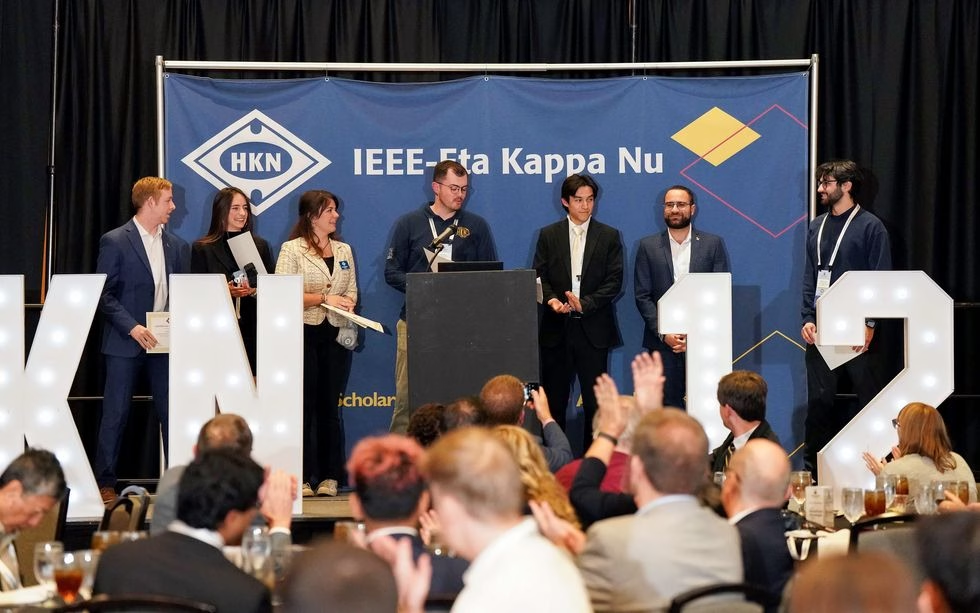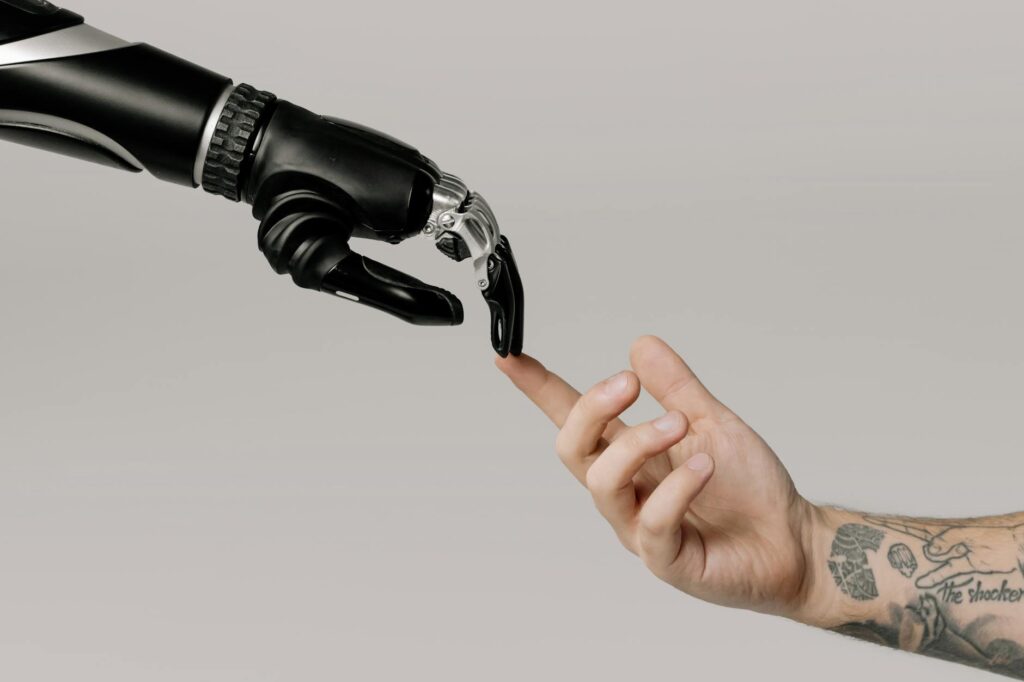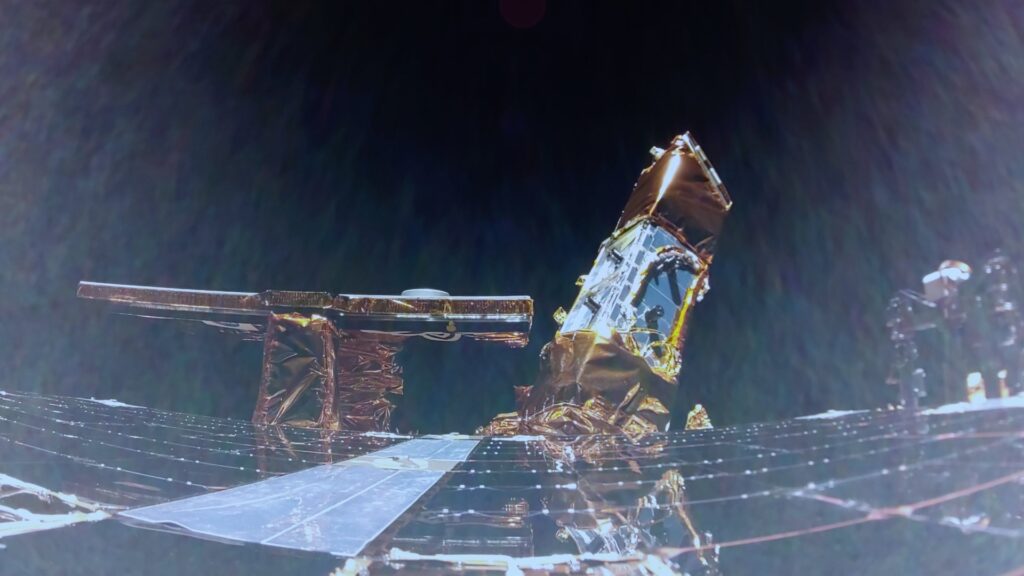Submerged on Apple Vision Pro blew me away

Technology tamfitronics
I really like the Apple Vision Pro; while it might be a bit heavy to wear for long periods of time, the technology packed into Apple’s headset has astounded me time and time again.
Lately, I’ve been using it to watch content before bed more than anything else, and it’s great to SharePlay Slow Horses with my girlfriend Alex when I’ve been travelling. So when I heard that Edward Berger was making a WWII short film in an immersive format, I couldn’t wait to check it out.
That said, I had some reservations before I tried it. A lot of the Immersive Video content I’ve tried in the headset so far would lean more towards cool experiences like standing next to Alicia Keys in this studio as she sings, or getting up close and personal with some rhinos. These things and live sports lend themselves to looking around and leaning in within an immersive environment. However, movies and narrative content usually have a director with a clear vision and a cinematographer who purposefully moves and points the camera to help achieve that vision. Part of the art of filmmaking is painting a scene, and I wondered how that would translate when the viewer could look around and move their head to look around a space.
Well, I’m happy to say that Submerged proves that narrative-driven stories can be told within an immersive environment and they even come with a few upgrades over regular films, but also some drawbacks that will likely make it harder for more directors to create this kind of content.
The high definition of the Vision Pro means that looking around in the film was glorious. Everything seemed incredibly real, partly because of the sets but also because the headset and cameras the team used picked up and displayed every tiny detail. It really felt like I was on the submarine and even looking at the moisture on the walls as characters walked through a scene was very impressive.
That realism was a bit of a double-edged sword, though. It took a bit of the dreamlike quality out of the film, and things like sound effects needed to be captured with 3D microphones, and I imagine it took a lot more editing than a usual film of this length would. On top of that, all the sets had to be designed to not only look real but to incorporate real lighting since the filmmaking team couldn’t hide lights off-screen because of the nature of the 180-degree field of view. These are challenges that I assume were tough to overcome but do pay off in the final product, which, for lack of a better word, was really immersive.
That said, near the beginning of the film, there are two sound effects that you can tell are added in post. One is the main character clipping a flashlight onto his belt, and the other is a light flickering on the wall. I could be wrong, but to me, both of those sound effects broke the immersion briefly for me since I could tell they were fake. Usually, I’m very forgiving of stuff like this in films since it’s all ‘movie-magic,’ but for something like this that felt so real, it was a bit weird to have some of that magic appear.

While this camera might have two side-by-side lenses, it’s not 3D; it captures a 180-degree field of vision.
There were also a few moments in the film where I wish the filmmakers had played a bit more with that 180-degree field of view. I don’t blame them for what they did; it’s not a bad film by any means, but I do think there were a few aspects where they could have used the motion on screen to direct the viewer to pan their view themselves instead of keeping the camera static and maintaining the action in centre-frame.
This is fine after the action kicks off, but in the slower start to the film, it would have been nice to have the character start in one part of the frame and walk across it to get the viewers used to looking around and following the motion. There is one scene where the main character is flashing a flashlight around a room, but he doesn’t shine it into the extreme corners of the room, and the camera cuts before the action in the scene. Again, it’s good traditional filmmaking, and perhaps holding the wide shot and having the action play out in it so that you can look around would have been gimmicky, but I also wonder if it would be fun to play more with the fact that the viewers aren’t locked on a tripod.
All in all,watching the short film was an awesome experience, and by the end of its 17-minute runtime, I was begging for more. You can read more about the making of the film on theApple Newsroom or watch a short behind-the-scenesvideo on YouTube.
MobileSyrup may earn a commission from purchases made via our links, which helps fund the journalism we provide free on our website. These links do not influence our editorial content. Support us here.
Discover more from Tamfis Nigeria Lmited
Subscribe to get the latest posts sent to your email.



 Hot Deals
Hot Deals Shopfinish
Shopfinish Shop
Shop Appliances
Appliances Babies & Kids
Babies & Kids Best Selling
Best Selling Books
Books Consumer Electronics
Consumer Electronics Furniture
Furniture Home & Kitchen
Home & Kitchen Jewelry
Jewelry Luxury & Beauty
Luxury & Beauty Shoes
Shoes Training & Certifications
Training & Certifications Wears & Clothings
Wears & Clothings
















